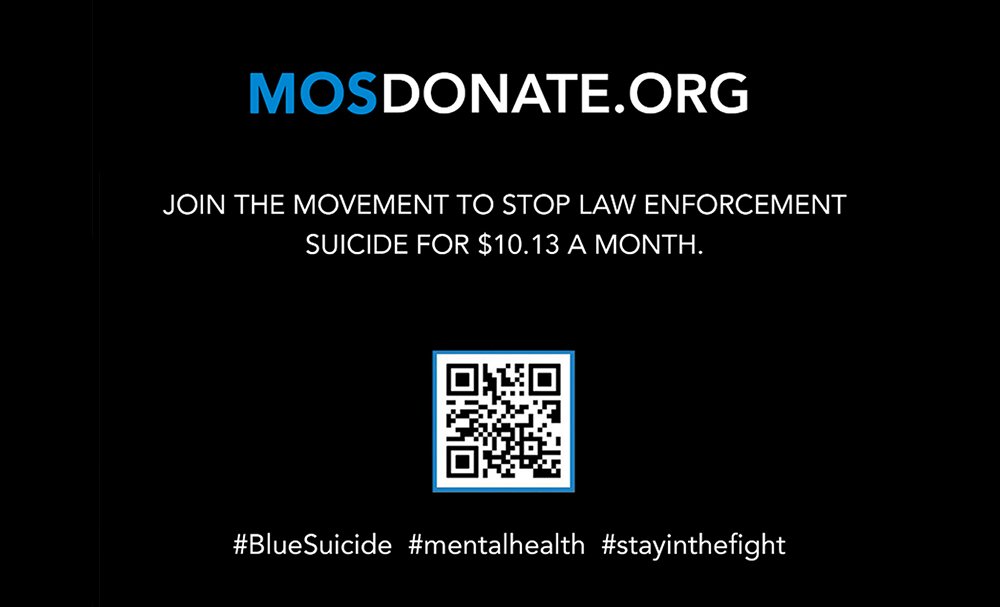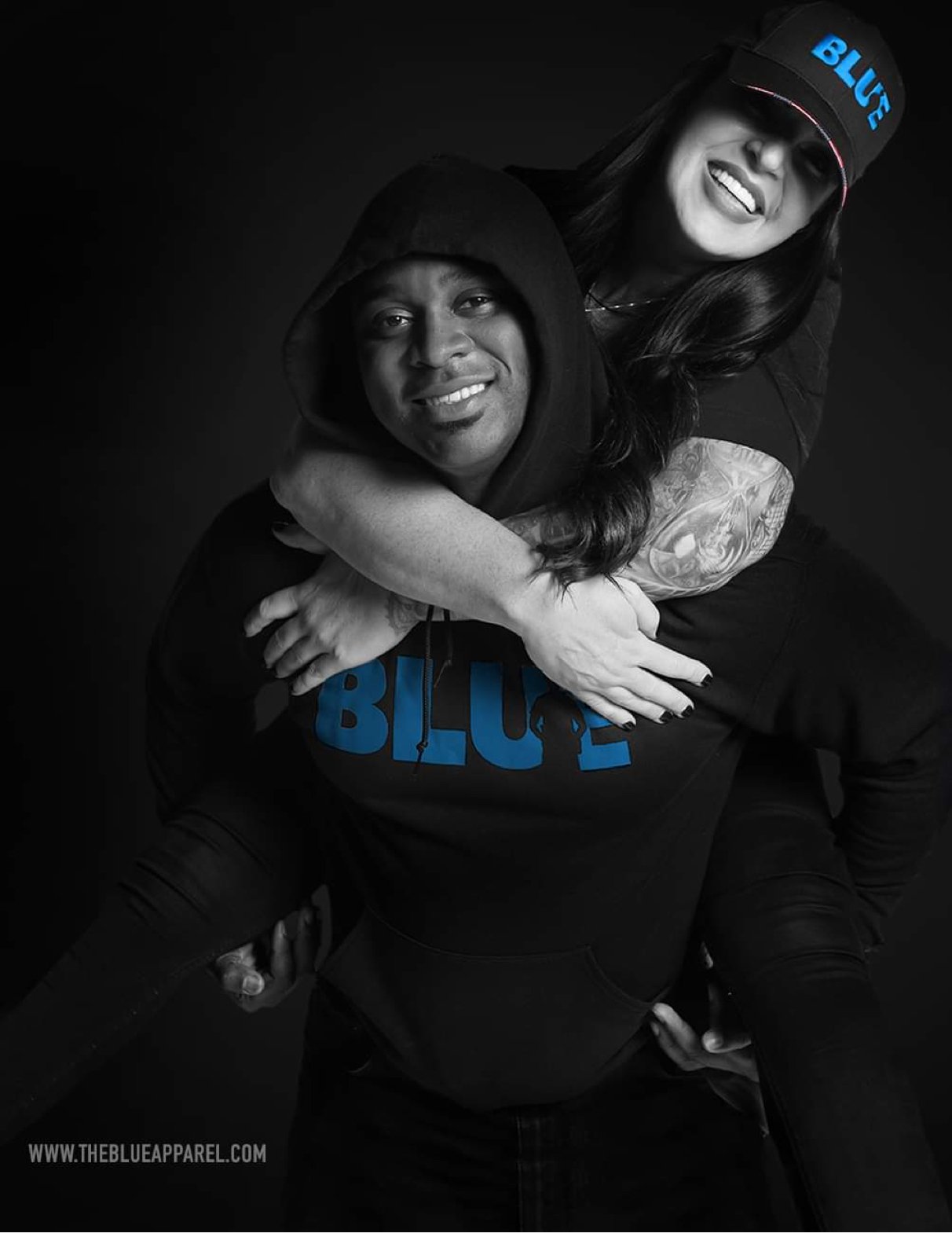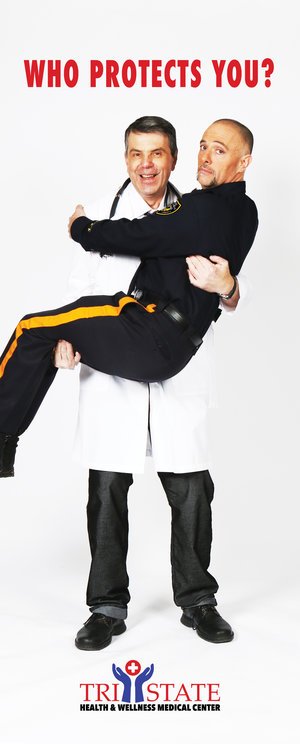Lies, Damn Lies and Statistics
/The use of statistics in just about every aspect of things that can be counted has become a tool to distort reality about what is actually occurring. The origin of the phrase lies, damn lies ad statistics is unclear, but it is most commonly attributed to Mark Twain who attributed it to former British Prime Minister Benjamin Disaraeli. He used it to describe the way statistics can be manipulated and persuasive in bolstering weak arguments. There is another often used phrase to describe the exploitation of numbers-figures lie and liars figure. No more is that evident than with policing.
Ever since I can remember, numbers about police traffic stops, arrests, use of force, field interview stops and even crime rates are continually collected to produce a picture on how things are progressing or not progressing. Those raw numbers are then used or misused to fit one’s argument. When police executives want to measure the effectiveness of a crime prevention initiative, they use numbers as evidence. They can always find a statistic over a particular period of time to demonstrate that the strategy is working. Those are outputs, not outcomes. Recently, the Police Commissioner of the New York City Police Department said that a high-profile criminal event causes people to have a perception of fear. He said it is not always reality based. You don’t have to be the actual victim of a crime to have a fear about the environment around you. If I hear that there has been a rash of home burglaries in my neighborhood, it is not unreasonable to think my home might be next and no police statistic snapshot about a reduction in home burglaries is going to put my mind at ease. It is a quality-of-life issue that is going to affect people psychologically and it is real.
On the other hand, the media manipulates statistics about police use of force that gives the public a distorted reality of police that contains no truthful context. The Associated Press in collaboration with the Howard Center for Investigative Journalism recently released an ‘investigation” that concluded that black people bear a disproportionate impact of police use of force. The “investigation” uses the term disproportionate in describing the number of people who died after being restrained, beaten or shocked with stun guns by police in the United States. It points out that blacks represent one-third of the deaths in such police encounters over a ten-year period even though they represent just 12% of the population. According to the AP story, the US Department of Justice has documented racial disparities after probes of several police agencies. The USDOJ points out that black people accounted for high rates of unjustified stops for minor offenses like jaywalking, illegal searches and frisks that produce no contraband. Let me stop there. First of all, as for the claim of unjustified stops for minor offenses? Ok, I might agree that these are minor offenses however the cities then should wipe these “minor offenses” off the books as ordinance violaions, then police could not use these as the basis for a stop. But these cities want the revenue produced from the citations generated. Police should never be used as a revenue generator for municipality. More importantly is what the US Supreme Court has said about police stops. They have opined that when police stop a person for questioning, as long as the stop is lawful, the subjective intent of the officer is irrelevant. In other words, jaywalking is a lawful reason to stop a person. As for the frisking of individuals stopped, the officer has to articulate reasonable suspicion that suspect that the person may have a weapon that can be used against them. The AP pointing that many frisks produce no weapon is irrelevant. The question is whether or not the officers had articulable suspicion. The AP doesn’t indicate that.
The Police Executive Research Forum, a useless think tank, took a swing at this as well. They conducted an audit according to the AP story. They looked at the data between 2018 and 2020 and found that at least 602 use-of-force incidents where black people accounted for 57% of the incidents even thought they make up just 25% of the population in those areas. That by itself means absolutely nothing. We need some context here. Shame on PERF. Many of them are supposedly former law enforcement officers who have obviously forgotten what life is like on the street. They have been away from the street for too long. Many of their careers were spent in police administration sitting in offices. They are academics, not cops.
Using racial disparity and disparate impact when analyzing data is not just the wrong benchmark, it’s just plain dumb. Things that happen in life don’t necessarily follow a racial pattern. Thinking that because black people comprise 13% of the population, things happening to black people outside of that number is evidence of racial discrimination defies logic. Here is some context. Police stops of black people occur primarily in areas where blacks comprise more than 13% of the area's population. Police deployment is primarily based on where crime is predominantly occurring. That would be disproportionately in black neighborhoods. Nobody points that disparity out however. Blacks are not evenly spread out across the United States. They tend to live in urban areas. It stands to reason then that most police contacts in urban areas are going to involve black people. Crime rates determine who police will stop. The AP, Howard Center for Investigative Journalism and the Police Executive Research Forum don’t tell you that nor do they tell you that black males are overrepresented in terms of involvement in criminal behavior including violent crime. Nobody asks why that is. These entities don’t point out that black males are identified as suspects in crime in percentages well above their 13% representation in the total population. In fact, according to the USDOJ FBI Uniform Reporting data in 2022, the same year PERF released their study, 33% of persons arrested for violent crime including rape, robbery and aggravated assaults were black. Blacks are also overrepresented in terms of victimization but we never hear about that disproportionality. By the AP, PERF and HCIJ, blacks should only be 13% of people victimized by violent crime. Blacks are murdered more than their 13% representation in the total population. Nobody wants to talk about why black suspects prey on black people in numbers far exceeding their representation in the population. Do you see how insane using disparate impact and disproportionality when it comes to police stops?
When these flawed studies, that are not subjected to peer review by the way are released, they receive headline attention as prima facia evidence that policing is a racist activity and that police are inherently racist. No, it is not. What policing does is gives respite to the overwhelming majority of law-abiding black people living in crime riddled neighborhoods. For many seniors and single mom’s trying to keep their children alive as errant bullets rip through the siding of their homes, they quietly support what the cops do on a daily basis to keep their neighborhoods safe. The AP, PERF and HCIJ didn’t interview any of these folks to get their opinion of police stops. Typical.
Sheriff David A. Clarke Jr. is former Sheriff of Milwaukee Co, Wisconsin, President of America’s Sheriff LLC, President of Rise Up Wisconsin INC, Board member of the Crime Research Center, author of the book Cop Under Fire: Beyond Hashtags of Race Crime and Politics for a Better America. To learn more visit www.americassheriff.com














































